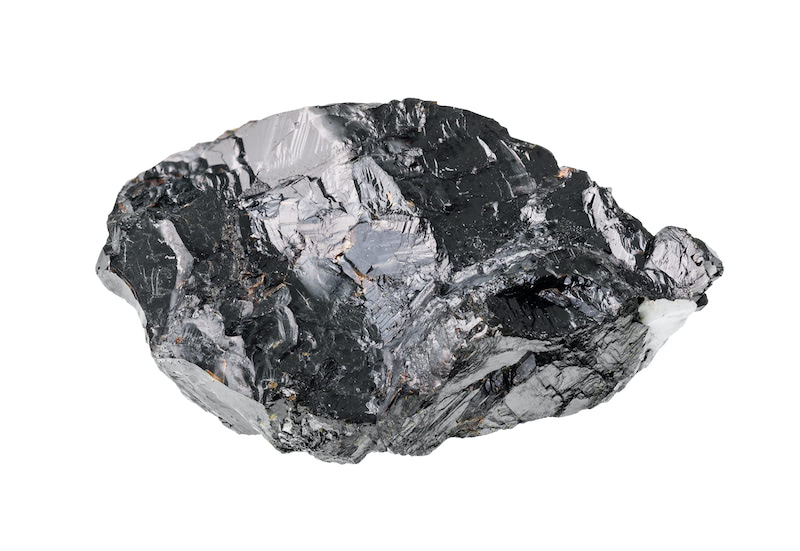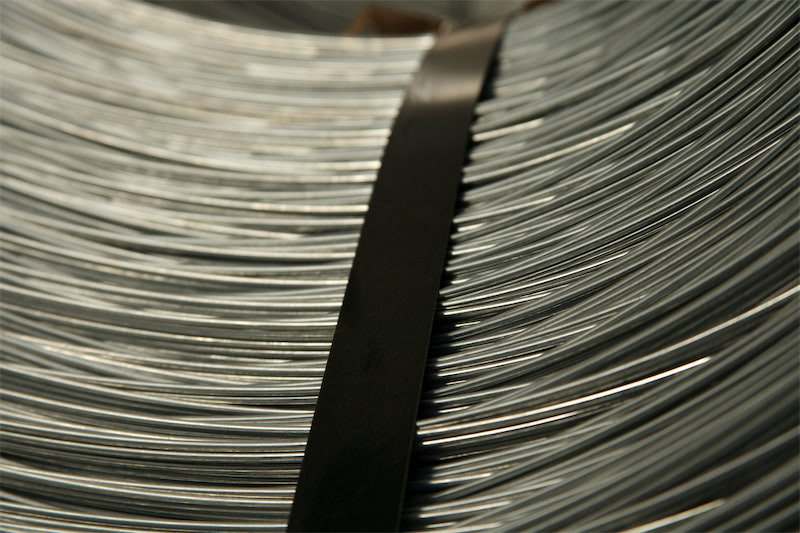






SHANGHAI, Sep 23 (SMM) - The 2022 SMM (12th) China Tin Industry Chain Summit, co-hosted by SHFE and SMM, was held in Yunnan province on September 22-23. At the meeting, Liu Qunyi, director of the China Geological Survey/Global Mineral Resources Strategy Research Center of the Chinese Academy of Geological Sciences/Basic Mineral Strategy Research Office, made a comprehensive interpretation of the medium and long-term supply and demand situation of tin ores in the world and China. He mainly looked into the situation from three aspects: global and China tin demand trends, resource supply, and future supply-demand patterns.
Global and China tin demand trends
In 2021, the global refined tin consumption stood at 378,000 mt, an increase of merely 36% compared with 2000, which is among the lowest growth rates among almost all ferrous and non-ferrous metal minerals.
In 2021, China refined tin consumption recorded 150,000 mt, accounting for 42% of the world's total; China's consumption posted a gain of 193% compared with 2000.
The peak demand for refined tin in China is estimated come around 2025, with a level of 190,000-210,000 mt. The demand will be maintained at this level in the next 3-5 years after peaking.
The demand is expected to amount to 160,000-180,000 mt by 2035. And the per capita demand will peat at 140 kg/1,000 people.
Solder has long been China's largest refined tin consuming industry, with a consumption of around 100,000 mt, but its proportion has dropped from 73% in the early days to 63% at present.
The consumption in the chemical industry has grown rapidly from 8% in the early stage to the current 11%. The tin plate sector has grown from 7% to the current 9%. The consumption by lead-acid batteries increased rapidly in the early stage, but has basically stabilised at present from 1% to 7% for the moment. The tin used in the alloy industry is basically between 6,000-7,000 mt, and the proportion of consumption has increased slightly. The tin consumption in the glass industry is basically between 2,000-3,000 mt, and the proportion has increased minimally.
Tin chemical products are divided into inorganic and organic tin chemical products. Inorganic tin chemical industry is generally applied to ceramics, electroplating, glass coatings, fuel catalysts, lithium-ion battery anode materials, etc. Organic tin chemical product is a rapidly developing field with a wide range of applications.
Main applications include heat stabilisers and catalysts in the plastics industry; pesticides and fungicides in agriculture, animal husbandry, medicine, and textile industries; as well as preservatives and coatings in forestry and shipbuilding industries. It is expected that the consumption of tin in the chemical industry will continue to grow, with an expected demand of 43,000 mt by 2035.
Alloys are mainly used in the manufacturing of steam turbines, generators and other mechanical equipment, that are widely applied to automobiles, aerospace, atomic energy, superconducting materials and other industries.
The central government encourages and supports the active development of new energy materials, which will expand the application field of tin. For example, tin-based photovoltaic solder strip will be widely used as photovoltaic module packaging materials; tin-bismuth alloy powder is widely used in LED packaging due to its outstanding characteristics. These will all bring certain growth to the consumption of tin.
Global and China tin supply
According to USGS, the global proven tin ore reserves on land are 4.9 million mt, which is a mineral with a continuous decline in reserves among all minerals. China ranks first in terms of reserves, accounting for a quarter of the world. In recent years, there have been no newly discovered large deposits in the world, and the backup reserves are limited.
Global tin ore output stood at 272,000 mt in 2021, less than that in 2020. China has long been the world's largest supplier, accounting for 28% of the world supply in 2021. Myanmar's output has been growing rapidly in recent years, ranking third in the world in 2014, but the output in 2021 also declined year-on-year.
Global refined tin output stood at 363,000 mt in 2021, less than that a year ago. The YoY drop in tin mine production was mainly contributed by secondary tin. China has long been the world's largest producer of refined tin, accounting for 50% of the world’s total production in 2021; but the huge production relies heavily on imported tin ore.
In 2021, the global output of secondary tin was 68,000 mt, and the proportion in total refined tin output has risen rapidly before 2010, and is currently maintained at 20-25%. China has long been the largest producer of secondary tin in the world, recording a historical peak of 46,800 mt in 2010. At present, China's production of secondary tin has declined due to import restrictions on e-waste.
Let’s assume that the mining and beneficiation technologies progress steadily without major leaps in development; mine production capacity expansion follows the objective laws, and there is no mine construction that disregards economic costs and violates natural and economic laws; the existing resource policies of various countries do not have big changes. Therefore, tin output from mines will peak at about 320,000 mt around 2025 and then drop to about 290,000 mt by 2035. The growth of tin output from mines will mainly come from African countries and Vietnam, and the output of other major countries will remain stable. Secondary tin production is growing slowly to about 86,000 mt by 2035.
China's existing resources can be exploited with a total output of more than 2 million mt. The total output of mines in production and under construction will peak in 2025, and then gradually decline in the future. It is expected that the maximum annual supply will be 80,000-120,000 mt in the future.
Future supply and demand
Considering the supply of mineral tin and secondary tin, the global supply gap will slightly narrow starting until 2025, and then continue to widen.
In 2021, the net import of tin in China was 44,000 mt. In the future, the supply of tin ore in China will still be insufficient. In the next 15 years, the domestic supply gap will remain between 40,000-60,000 mt, and the dependence on imports will remain at about 30%.
For queries, please contact Lemon Zhao at lemonzhao@smm.cn
For more information on how to access our research reports, please email service.en@smm.cn

